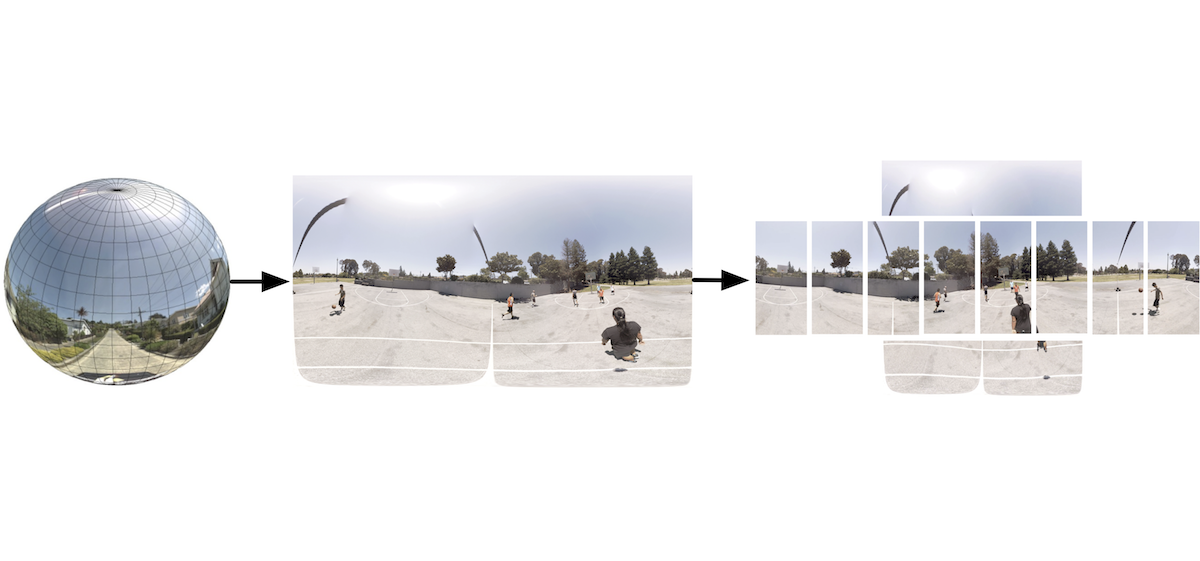Video Coding and Streaming for Virtual Reality
9th June 2017
With technical advances in virtual reality (VR) devices, the media technology field is evolving toward providing immersive VR video experiences. To this end, the 360-degree video, which can be rendered by modern head-mounted displays for VR at a sufficiently high frame-rate and resolution, is attracting an increasing amount of attention in the context of VR video applications.
Given the significant video consumer growth of demand for VR, delivery of 360-degree video is one of the most important fields that require cost-effective solutions to achieve widespread proliferation of VR technology. Considering its data-intensive representation and the best-effort nature of the Internet, delivery of 360-degree videos requires advanced video coding and streaming techniques to offer an enhanced VR experience.
In the V-SENSE project, we are investigating novel compression and streaming techniques applied to the 360-degree video.





